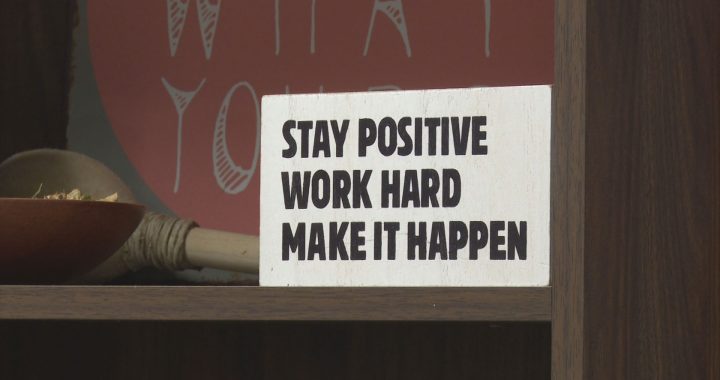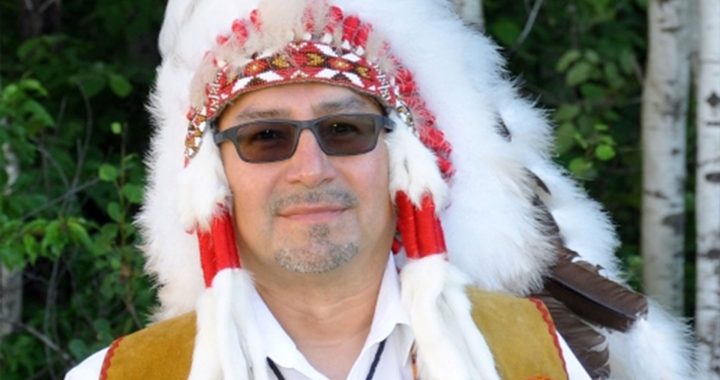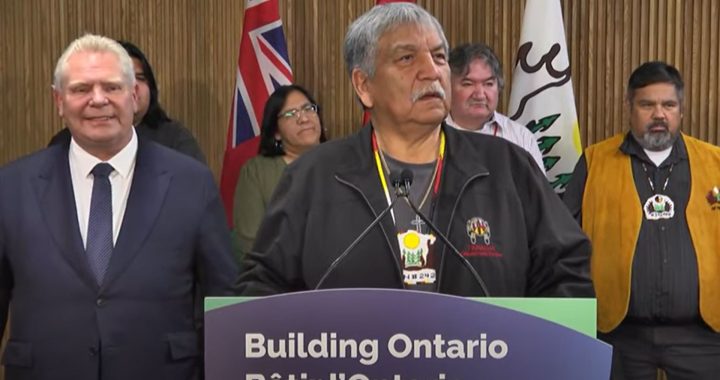Kenneth Jackson
APTN National News
The archaeologist that cleared a site in downtown Barrie, Ont. of archaeological concern allowing GO Transit to build a station there without looking for documented Huron-Wendat burials says it was a decision he regrets.
Philip Woodley told APTN National News his “guts are churning” knowing the site he cleared in 2004 is documented as one of the oldest Huron-Wendat villages found in Ontario and where they buried hundreds of their dead.
“What do I think? My guts are churning. I’ll put it that way,” said Woodley, a long-time archaeologist and owner of New Directions Archaeology.
“I just feel sick about that at the moment.”
Woodley called APTN a few hours after an investigation into how Ontario bulldozed through the site was published Wednesday. APTN had been trying to reach him.
Woodley was hired to do what is known as a Stage 1 archaeological assessment of five locations in Barrie where Go Transit was looking to build a new station connecting Barrie to downtown Toronto with the provincially-owned commuter rail line.
A Stage 1 is known as a literature review, meaning archaeologists generally look over any historical documents that can help them understand what was once on a property.
Woodley said he never looked in the history books because when he visited the site, known as the Allandale Station lands, he believed it was too disturbed to contain any archaeological potential after operating for years as a rail yard.

What he didn’t know, and which had been previously documented, is when the railway yard was first built back in 1853 a large amount of fill dirt was used to level the ground capping the natural soil beneath.
This could have protected a large ossuary found in 1846 with 200-300 bodies. Two smaller ossuaries were found later that century. It’s not known what happened to them or their exact location on the site, but many believe they were in the area where GO put their tracks and could still be there. Woodley said he should have told GO Transit a more in-depth assessment of the site was required, such as doing test pits to look for evidence of the ossuaries.
“It certainly looked disturbed to me at the time, but apparently I was wrong,” said Woodley. “I went out there. I looked around. I saw a train station and a huge gravel pad that was at the same level as the surrounding land.”
Just a few years earlier, the former AFBY Archaeological and Heritage Consultants found a Huron-Wendat village in the natural soil at Allandale with thousands of pieces of ceramics and tools.
AFBY didn’t find the burials and recommended to the province that any development on the site, outside of his testing area, needed further assessment, as he only did a small portion of the site.
The province agreed in a 2001 letter to AFBY.
Woodley never got those AFBY reports, and there was three of them. He said he asked for them, but the province didn’t provide any.
“When we did our background research none of (AFBY’s) work came up as part of existing sites in the area,” he recalled. “I’m not trying to justify my conclusions. I’m just saying … there was no registered sites and I just assumed it was disturbed.”
The Ministry of Tourism, Culture and Sport signed off on his report three years later in 2007, around the same time GO Transit acquired a portion of the Allandale site from Barrie.
The ministry made no revisions to Woodley’s report.
In 2010, construction started on the site, including a station with a deep underground pedestrian pass.
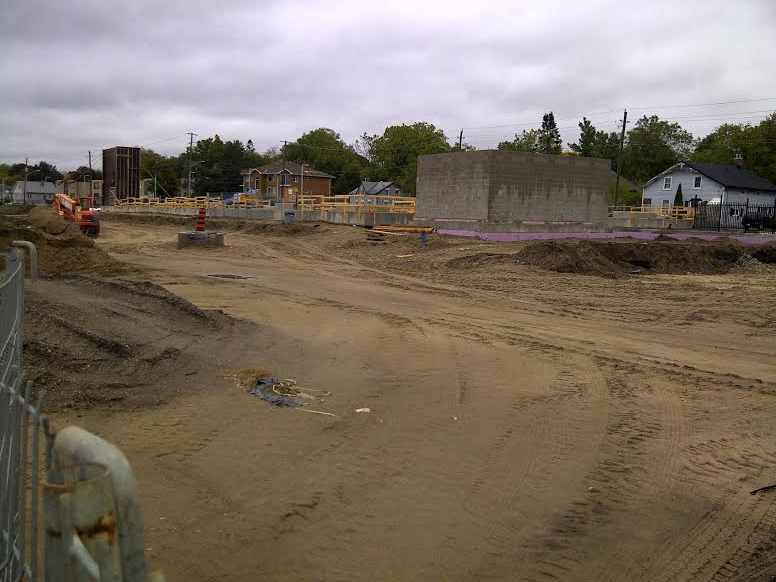
Adding to the problem is the province knew of AFBY’s reports and had its own knowledge of the area, but still cleared GO to do the work using Woodley’s report.
The province wrote to Barrie officials in 1996 when the city was acquiring the site back from the Canadian National Railway, and told them the lands had archaeological potential and there were rules to follow if they redeveloped the land.
That letter mentioned a Barrie Examiner newspaper article from 1926 that recounted an interview with a Major Joseph Rogers, the high constable for Simcoe County.
“There are few people who stand on the station platform at Allandale and know they are standing right over one of the greatest Indian burial places known in Ontario,” Rogers is quoted as saying.
Archaeologists, who have reviewed the situation, said the province should never have cleared the site for development based on what was known.
“Further systemic gaps are indicated by the fact that in 2007 the Ministry of Culture issued a concurrence letter for (Woodley’s) report – essentially clearing the candidate GO station site on the Allandale Station lands of any further archaeological concern – in spite of the outstanding recommendations for further work on the property to which they had previously agreed in 2001,” wrote Robert MacDonald, the assistant managing partner at Archaeological Services Inc. in Toronto, in his January 2015 summary report issued to MTCS calling for urgent action.
No action has happened, and the province has refused to directly answer any questions brought to them by APTN, other than to say they’re improving the system and reviewing reports.
Another archaeologist said even if the province didn’t share AFBY’s report, Woodley’s work shouldn’t have been accepted.
“Right away when Phil Woodley’s report came in (the ministry) should have said ‘try again,’” said Mike Henry of AMICK Consultants. “Even if the ministry didn’t recognize they’re at fault for not giving Phil the AFBY report they should have still said to Phil ‘this is unsatisfactory because we know there is a burial ground there. We told the city there is a burial ground there. We know (because) it’s documented. It’s publicly available information … re-write the report. Re-submit it. Make appropriate recommendations.’”
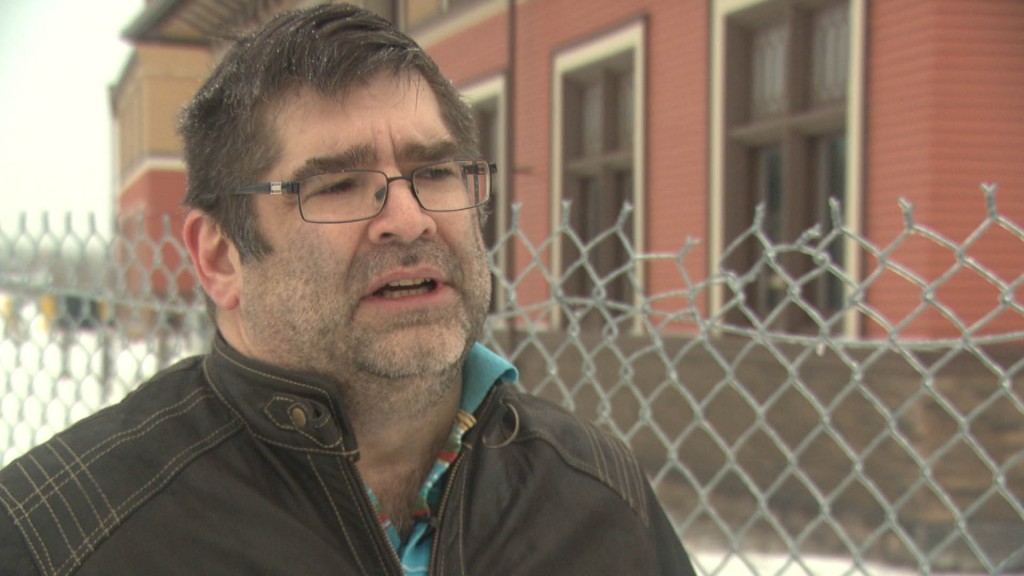
Henry was hired by the City of Barrie in late 2009 to do a Stage 1 of the site. When he requested all previous archaeological reports done the site he got AFBY’s and not Woodley’s.
Still, he recommended any lands not assessed by AFBY be thoroughly tested for burials.
His recommendations could have been shared with GO and the work stopped, but Barrie never gave the report to Metrolinx, the Ontario government agency that operates GO Transit.
“It is Barrie’s understanding that Metrolinx conducted its own archaeological investigations for the work it was completing for the Allandale GO Train Station. Barrie does not have a record of those reports. Barrie does not believe that Metrolinx discovered any archaeological artifacts during the course of its works,” said the city in a statement to APTN.
Metrolinx has said in documents they don’t believe its contractors found anything, but have also refused to answer questions.
But Henry’s report was also filed with the ministry and it’s not believed they did anything to stop the construction of the GO station.
While the ossuaries have never been found since their discovery, Henry did find a large amount of fragmented human remains on the site between 2011-2012, including piece of a human jaw with teeth still attached and shovel-shaped incisors – a known characteristic of Indigenous people pre-contact.
He found them about 100 metres from where the GO station is today.
Henry believes remains are yet to be found on the property and further testing is needed of all the land there.
Robert MacDonald of ASI said the gaps in regulations need to be closed.
“(We’re) very concerned that gaps in provincially mandated policies and protocols, such as those which led to the construction of the Allandale Go Station without a Stage 2 archaeological assessment, may result in further impacts to the archaeological deposits and/or human remains on the Allandale Station Lands,” he said in his 2015 report.
As for Woodley, he said if the province had other reports and recommendations they should have went with them.
“You always go with the most recent report,” he said. “I feel bad about my report (but) somebody else should have shared the other reports.”





